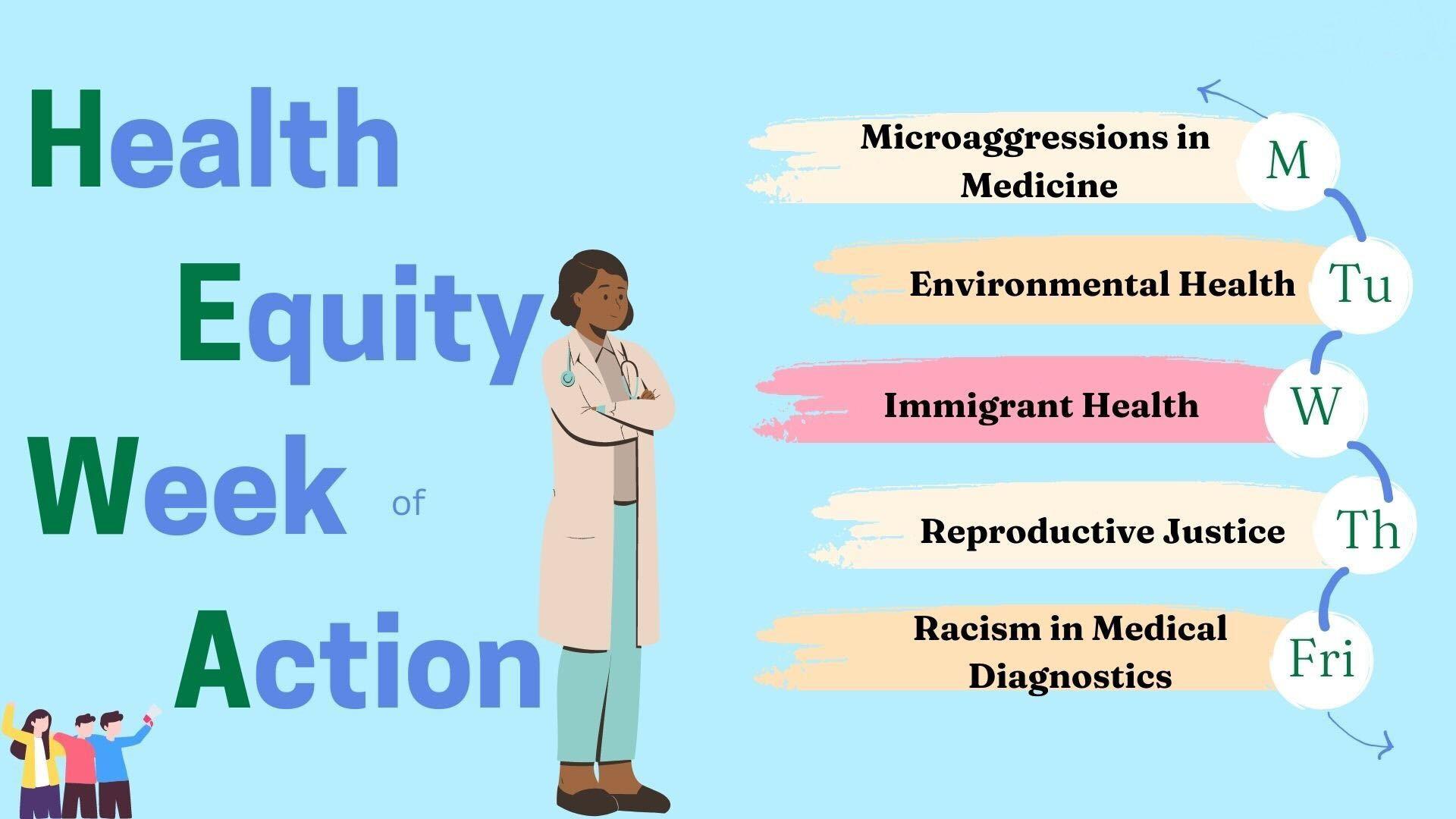
Reproductive health equity is a cornerstone of human rights, ensuring that everyone, regardless of race, socioeconomic status, or geographic location, has access to necessary healthcare services. However, disparities in abortion access continue to persist, disproportionately affecting marginalized communities. These disparities highlight the urgent need for comprehensive strategies that address the systemic barriers preventing equitable access to reproductive healthcare.
The Racial Divide in Abortion Access
One of the most significant disparities in abortion access exists along racial lines. Women of color, particularly Black and Latina women, face considerable obstacles when seeking abortion services. These barriers are rooted in a history of systemic racism that pervades the healthcare system. For instance, Black women are more likely to live in areas with fewer healthcare providers and limited access to comprehensive reproductive services. Additionally, they often encounter discrimination within the healthcare system, leading to distrust and reluctance to seek care.
The racial disparity in abortion access is further exacerbated by socioeconomic factors. Black and Latina women are more likely to experience poverty, which limits their ability to afford the cost of an abortion or travel to a clinic that provides these services. Moreover, states with large populations of people of color often have more restrictive abortion laws, creating additional hurdles for those seeking care.
Socioeconomic Status and Abortion Access
Socioeconomic status is another critical determinant of abortion access. Low-income individuals face significant financial barriers when accessing reproductive health services. The cost of an abortion, which can range from hundreds to thousands of dollars, is often prohibitively expensive for those living in poverty. Additionally, the Hyde Amendment, which prohibits the use of federal funds for abortions except in cases of rape, incest, or life endangerment, further restricts access for low-income individuals who rely on Medicaid for healthcare coverage.
Beyond the financial cost, low-income individuals often lack the resources to travel to an abortion provider, particularly in states with few clinics. This is where the option to online order abortion pills becomes crucial, as it offers a more accessible alternative for those unable to visit a clinic in person. However, even the option to purchase abortion pills online is not equally available to all, with some states imposing restrictions on medication abortions or online sales, further entrenching inequities.
The Rural-Urban Divide in Abortion Access
Geographic location plays a significant role in access to abortion services, with a stark divide between urban and rural areas. Rural communities often have fewer healthcare providers, and many lack any abortion providers altogether. This forces individuals in rural areas to travel long distances to access care, which can be a significant barrier, especially for those without reliable transportation or the ability to take time off work.
In many rural areas, the nearest abortion clinic may be hundreds of miles away, and for some, the closest provider may even be in a neighboring state. The option to purchase abortion pills online is particularly important for rural residents, offering a potential solution to the geographic barriers they face. However, these options are not always available or legal, depending on the state, leaving rural residents with limited choices.
The Impact of Restrictive Laws on Marginalized Communities
The proliferation of restrictive abortion laws in recent years has had a disproportionate impact on marginalized communities. These laws often include mandatory waiting periods, parental consent requirements, and restrictions on medication abortions, all of which create additional barriers for those already facing significant obstacles to care. Marginalized communities are more likely to be affected by these laws, as they often lack the resources to navigate these additional hurdles.
For instance, mandatory waiting periods can be particularly burdensome for low-income individuals who may not be able to afford multiple trips to a clinic. Similarly, parental consent laws disproportionately affect young people who may be unable to involve a parent in their decision to seek an abortion. These laws, coupled with the existing disparities in access, exacerbate the inequities faced by marginalized communities.
Addressing Disparities in Abortion Access
To achieve reproductive health equity, it is essential to address the systemic barriers that prevent marginalized communities from accessing abortion services. This includes expanding access to abortion providers, particularly in underserved areas, and ensuring that individuals have the ability to order abortion pills online where appropriate. It also involves advocating for the repeal of restrictive laws that disproportionately affect marginalized groups and working to dismantle the structural racism and economic inequalities that underpin disparities in abortion access.
Efforts to improve access to abortion services must also include expanding Medicaid coverage for abortion, ensuring that low-income individuals have the financial means to obtain the care they need. Additionally, telemedicine and the availability of online abortion pill purchases can play a crucial role in bridging the gap for those in rural or underserved areas.
Conclusion
Reproductive health equity is an essential component of social justice. Addressing the disparities in abortion access among marginalized communities requires a multifaceted approach that includes policy changes, resource allocation, and a commitment to dismantling the systemic barriers that perpetuate inequality. By ensuring that all individuals, regardless of race, socioeconomic status, or geographic location, have access to safe and affordable abortion services, we can move closer to achieving true reproductive justice for all.